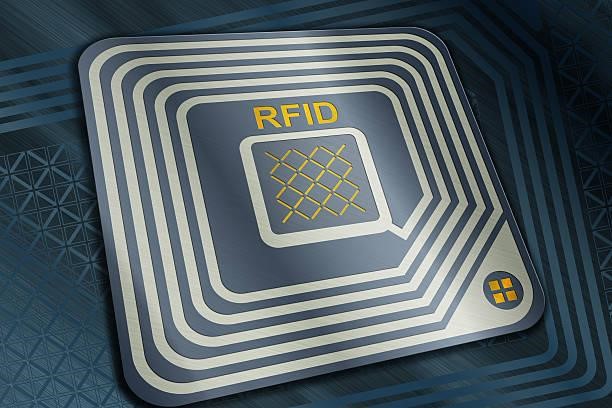- Call Us - US: +1 415 230 0398
- UK: +44 7466035003
- Email Us:
- hello@medrectechnologies.com
What Is RFID Technology & How it works?
What is RFID technology?
RFID or Radio-Frequency Identification is a technology that employs electromagnetic fields to transfer the electronic data over a wireless medium. Attaching RFID tags to the items in the inventory allows for easy and unique identification for each one of them. In concrete terms, RFID is more or less similar to barcoding; however, it doesn't make use of barcodes. Instead, it embodies the RFID tags with microchips and antennas that can help regulate the electronically stored information. Also, unlike barcoding, RFID tags need not conform to the line of sight identification or reading. The aforementioned fact depends upon the type of RFID being utilized.

What are the different types of RFID?
Because RFID technology is based on the radio frequency spectrum, it can be segregated into different types. The segregation is principally encouraged by the fact that different RFID systems use varied frequency range.
Low-Frequency RFID: These systems work within a frequency range of 30 kHz to 300 kHz and are suitable for short read range applications. Besides, low-frequency systems are mostly used in integration with metals and liquids because then they are able to perform faster.
High-Frequency RFID: These systems work within the frequency range of 3 MHz to 30 MHz and are suitable for comparatively longer read range applications. One of the prominent technologies these days, i.e., Near Field Communication (NFC) works on the principles of high-frequency RFID.
Ultra-Frequency RFID: As the name suggests, these systems are suitable for working between 300 MHz and 3 GHz and are highly used in the retail industry. Ultra-frequency RFID can be further classified into two RFID, which are:
-
Active RFID :
Preferred for mining, construction, and automobile manufacturing industries and swift data transmission.primarily because of the very long read range and swift data transmission.
-
Passive RFID :
Preferred for supply chain and inventory tracking, manufacturing, and pharmaceutical industries primarily due to a diverse range of tag sizes and shapes
How RFID works?

Are you tired of waiting in the queues in the grocery stores or shopping centres? Favourably, the solution to your problem has emerged in the form of RFID. You need not wait for each item's barcode to be scanned. Instead, the new RFID tags on the equipment transfer the information collected to the electronic reader. In other words, these allow the electronic reader to communicate instantly with all the labels.
The electronic reader, in turn, transfers the information to the retailer and the product manufacturer via the large network system it is connected to. The last lead in this process is the bank, which gathers knowledge about the amount to be deducted as soon as it receives a notification pertaining to the amount of the bill. Following the bank's approval, the amount is deducted. All-in-all, RFID works in favour of preserving your valuable time.
The aforementioned procedure holds for all the processes carried out under the name of RFID. That said, technology comprises different tags for different operations. The tags integrated with the RFID system are responsible for transmitting the information concerning the product they have been attached to, to the electronic reader.
-
Passive tags :
These tags rely on the radio energy that is sourced out by the reader. Passive tags have the capability to record the time, pressure, temperature and other sensory data.
-
Active tags :
These tags run on a battery to carry out transmission to the electronic reader. Active tags generally facilitate excellent read reliability and are suitable for monitoring the sensory data.
Knowledge of tags is a prerequisite while adopting RFID for your business. This is because the function and the scope of tags vary. Besides, RFID is an emerging technology, and therefore, variation is a mandate. Thus, it is essential that appropriate tags are chosen for specific applications.
What things to consider while selecting an RFID tag?
As mentioned above, choosing the right tag is crucial for satisfying business requirements. These are the questions that should be addressed while selecting the tag:
What is the method of attachment that the company has been following?
What product is going to be tagged?
What is the required read range?
What are the surrounding conditions, including temperature, moisture, etc.?
Why should your business adopt RFID technology?
RFID technology facilitates fast-paced scanning of numerous products, which makes it ideal for ID Badging, Supply Chain Management, Inventory Management, Asset Tracking, Fraud Prevention. The work flexibility of RFID tags on dry places, plastic and metals further strengthen the technology's stance as one of the most conspicuous tracking solutions in the market.
Hire the Top Software Development Professionals
How can we help?